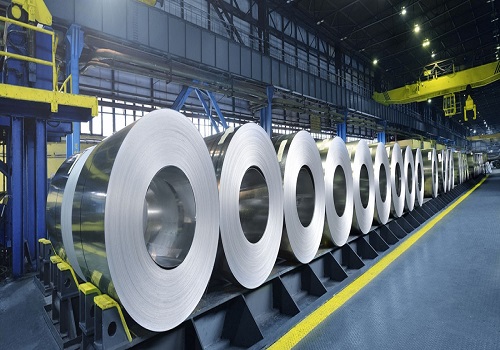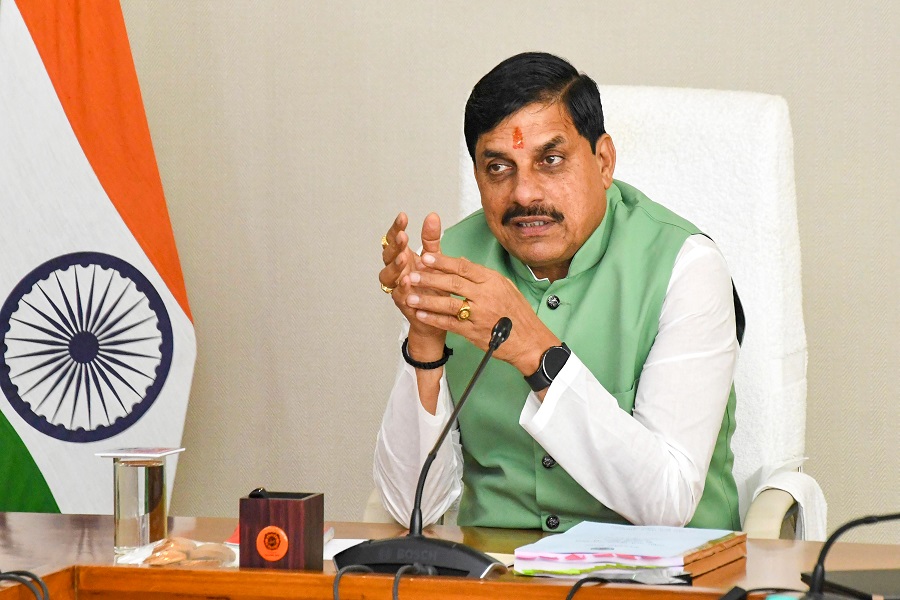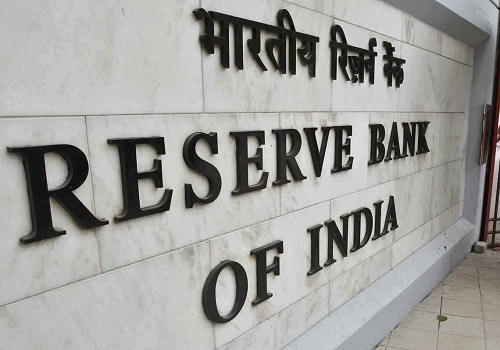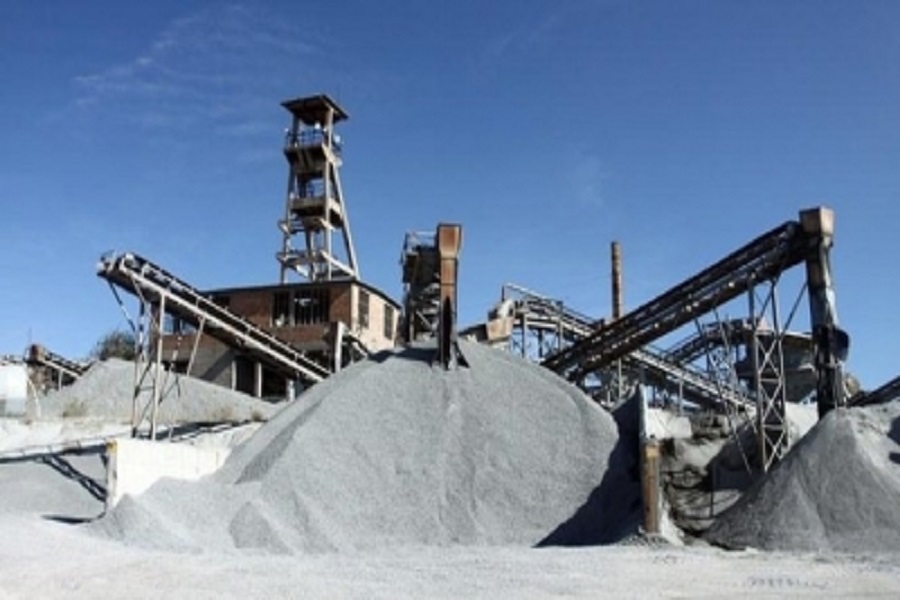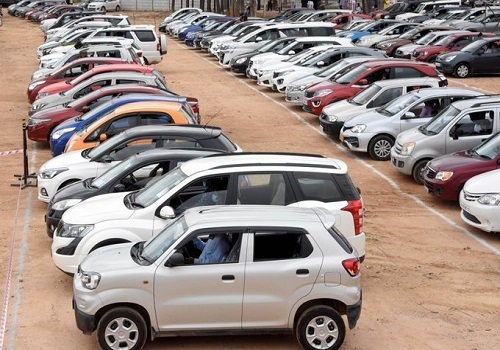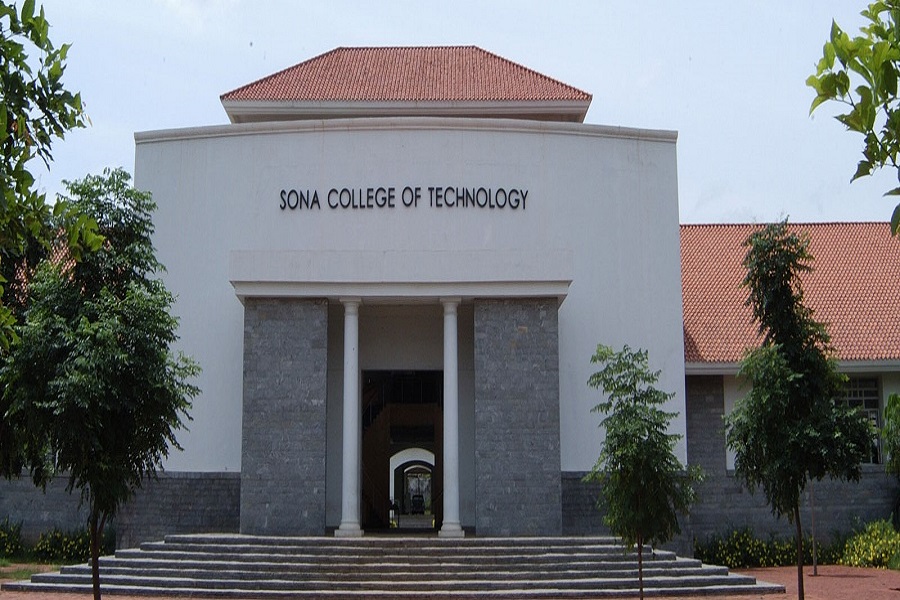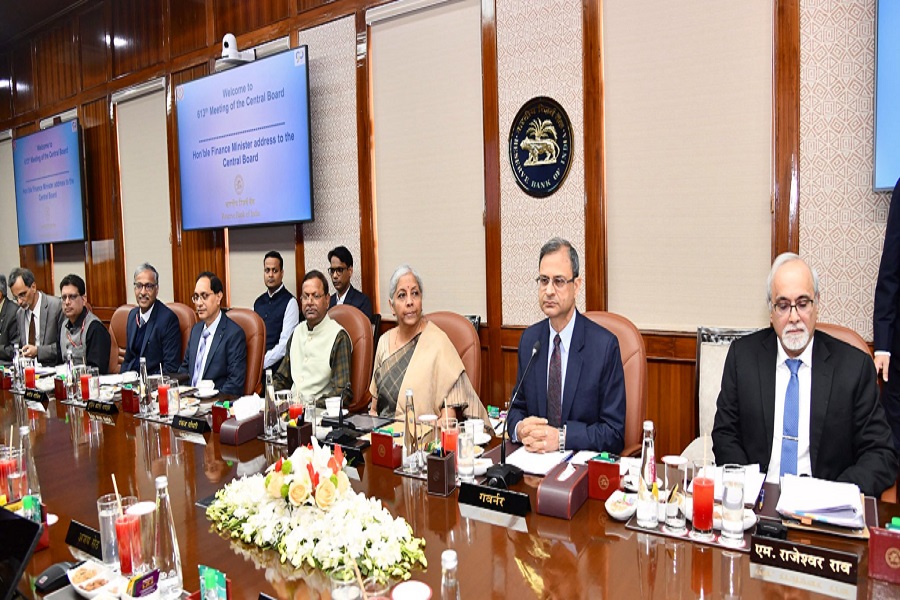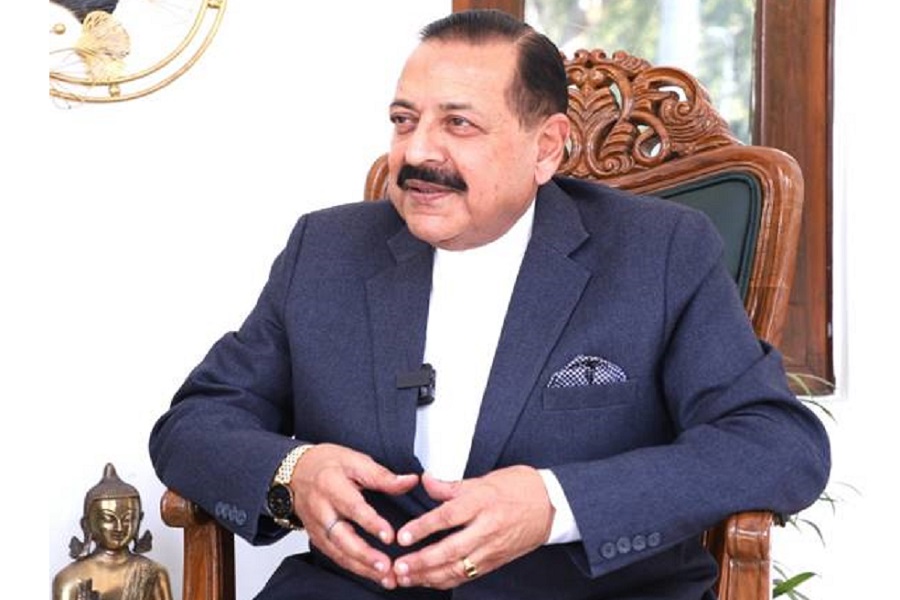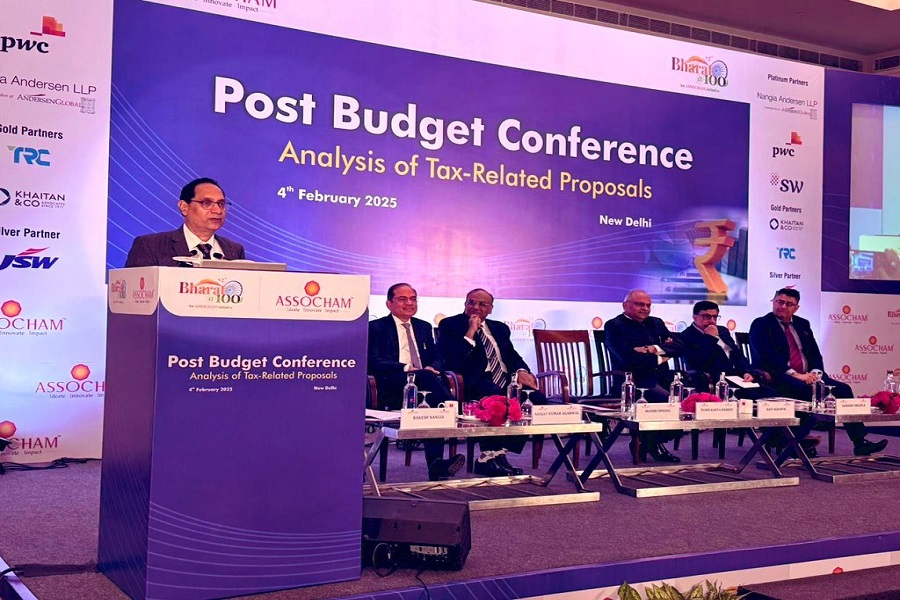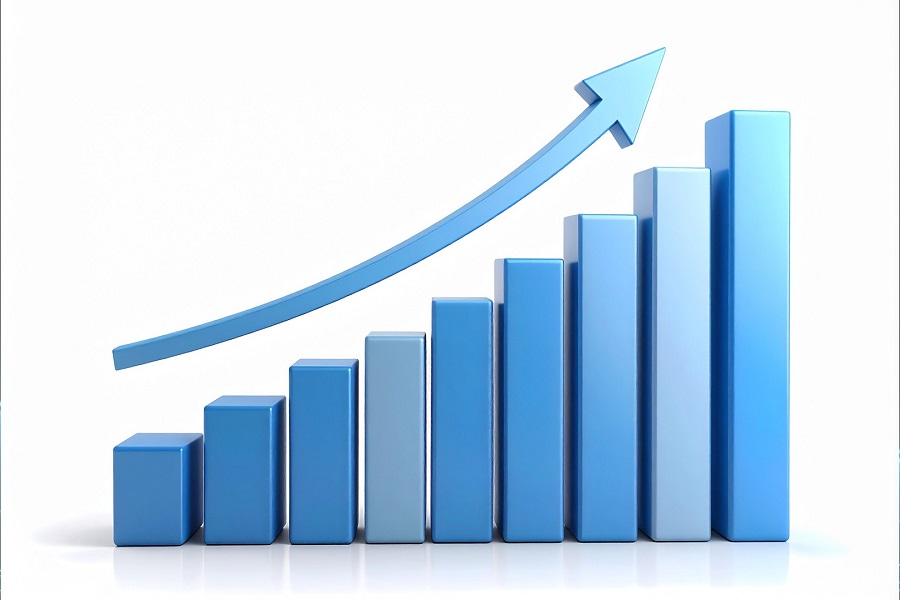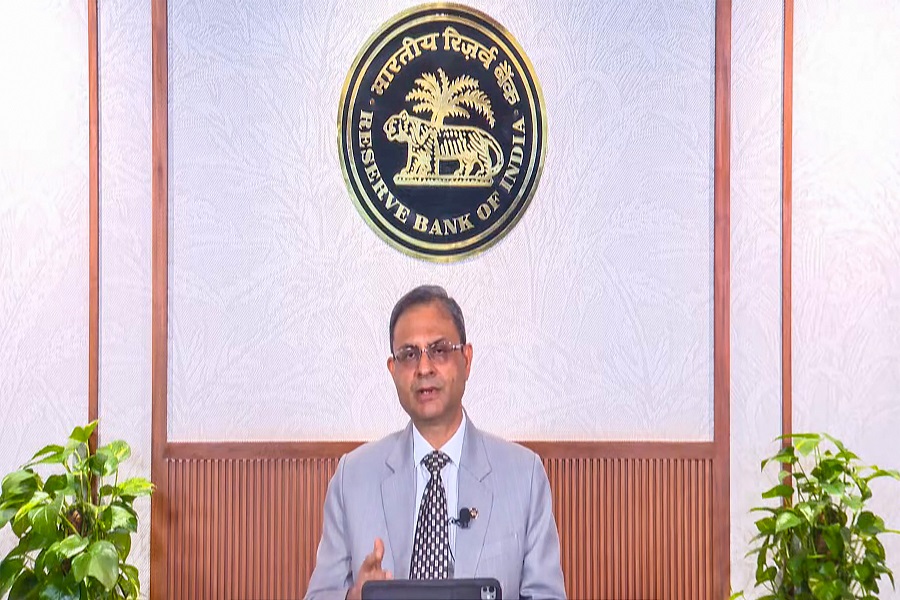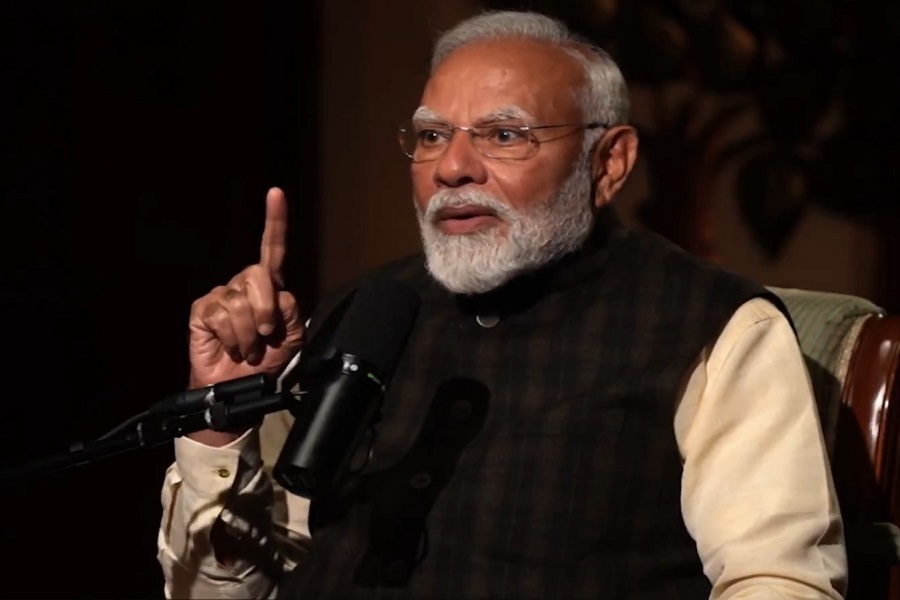RBI sees India's economy shifting from 7 to 8 per cent

There is an increasing evidence of a trend upshift taking shape, which is shifting India's growth trajectory from the 2003-19 average of 7 per cent to the 2021-24 average of 8 per cent or even more, powered by domestic drivers, according to the RBI's June bulletin released on Wednesday.
More recent indicators suggest that private consumption is resuming its role as the main driver of demand and is getting broad-based to include rural consumers. The fast moving consumer goods sector is gearing up for a strong turnaround on expectations of pick-up in public welfare spending, the bulletin states.
A drop in the walk-in clientele is being compensated for by e-commerce platforms, especially in heatwave conditions. Investment has maintained steady growth; some moderation in the more recent period could be on account of transitory uncertainty weighing on investment decisions but this too shall pass, it adds.
The RBI bulletin also states that a strong revival in private investment has to become the most important factor driving growth in the years to come, especially as public finances consolidate.
Government consumption spending picked up modestly towards the close of 2023-24, reflecting the sustained focus on capital expenditure which is a positive for the medium-term prospects of the economy and investor sentiment.
"In a pleasant surprise, net exports have improved their contribution to GDP, especially high-end manufacturing. The services sector is also witnessing a compositional change. GVC participation in services has shown a gradual maturing from low value-added business process outsourcing services to high value-added services such as those provided by global capability centres (GCCs) that have evolved from cost-saving entities to hubs for innovation and high-value activities and are spreading to tier-II cities," the bulletin observes.
It also states that increasingly, the focus is likely to shift to export of services and the leveraging of skilled workforces.
India's hospitality industry is seeking to expand the frontiers of tourism in the country. India has the largest tourism and travel sector in south Asia. An ambitious target of adding $1 trillion to GDP through tourism has been set for 2047 by making India a major tourist destination.
The RBI bulletin also points out that on the production side, manufacturing has led the expansion in gross value added (GVA), with construction keeping pace.
For both, the near-term prospects look bright.
In fact, in the case of the latter, India's commercial realty landscape in satellite and tier-II cities is undergoing a significant transformation fueled by infrastructure development in the form of road networks and metro connectivity, strategic urban planning and relatively lower cost of living.
The services sector has maintained expansion at pre-pandemic trend rates, and was led by finance, insurance, real estate and business services.
Although agriculture and allied activities remained muted, there is considerable optimism about a better performance in 2024-25.
The India Meteorological Department (IMD) got it right -- the southwest monsoon set in over Kerala two days ahead of its normal arrival.
The timely arrival of monsoon rains bodes well for kharif sowing and for the replenishment of reservoirs, which makes the foodgrains target of 340 million tonnes for the 2024-25 crop year (July-June) appear achievable, the bulletin added.
